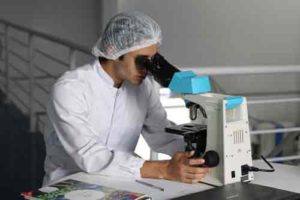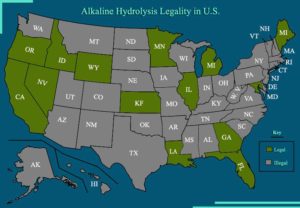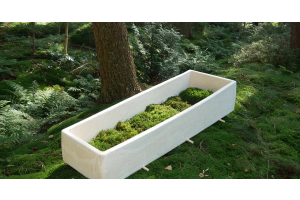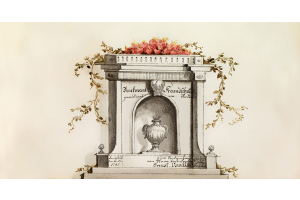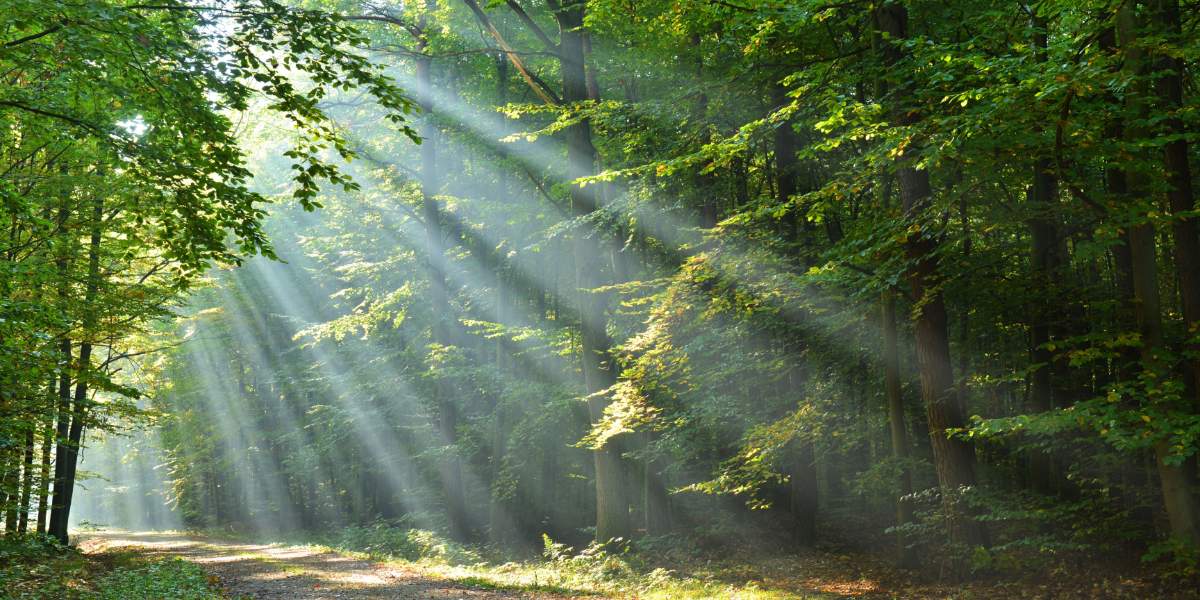
Although regular cremation is definitely popular, many people want something more. As growing numbers of people choose cremation, they start to question the environmental effects of the process. Is there a better way? Recent trends suggest that there is. Alkaline hydrolysis is a newer form of cremation that uses less energy and may be friendlier to the environment. This process is still largely unavailable throughout the United States, but it may one day become the standard.
Instead of taking years, the remains turn into dust within only a few hours. A trained expert places the body into a chamber that is filled with water and lye. They close the chamber tightly and heat the solution to about 300 degrees Fahrenheit. The solution helps to soften the various parts of the body. At the end, all that is left is liquid and pieces of bone. The technician drains away the liquid and allows the bones to dry. The bones are soft and easy to crush into ashes, somewhat like the remains of a traditional cremation. After the ashes are ready, the company providing the service can deliver them to the person’s family.
Burning diseased cattle got rid of the likelihood that their remains would end up in the food supply. But, it did not break down the protein that caused brain degeneration in cattle and humans. Alkaline hydrolysis was the solution. In the mid-1990's, people developing chambers for alkaline hydrolysis started to wonder if it might be appropriate for human remains. The mainstream funeral industry expressed wariness about the process, but a few scientists wanted to learn more. At the Mayo Clinic in Minnesota, and later at UCLA, researchers started to fit the machinery to dispose of human remains. At the moment, 14 states have approved the use of alkaline hydrolysis as part of a cremation plan. California was one of the first.
What Is the Difference Between Green Cremation and Regular Cremation?
When people compare regular cremation and green cremation, the differences are quite obvious. With a standard cremation, the body is placed into an oven, called a crematorium. The machine heats the body to a very high temperature, about 1,600-1,800 degrees Fahrenheit. The process may take several hours, depending on the type and age of the machine. At the end, all that is left is bone fragments. Green cremation uses a different process. It uses heat, but the temperature is only a fraction of the heat used to burn a body to dust. As a result, alkaline hydrolysis does not need to use as much energy. The bones are left at the end of green cremation, but they have a different quality. Instead of being gray and brittle, they are bright white.
Alkaline Hydrolysis Legality in the U.S.
Operators of modern crematoria can scan the exhaust from the machine for harmful emissions. But, alkaline hydrolysis could bypass the concern entirely. Many people also believe that alkaline hydrolysis could be a more respectful way of handling remains when a person passes. People have used components of the liquid for centuries. The water and lye only speed up the natural process after death. As such, many families see it as a gentler way of preparing a loved one’s body for its final rest.
How Are Green Cremation Remains Different from Other Cremated Remains?
When people receive a loved one’s cremated remains for the first time, they may not know that these remains do not look like ashes from a fire. Remains from regular cremation or green cremation will look different. Standard cremation creates ashes that pulverize into something like coarse sand. Ashes from alkaline hydrolysis are white and powdery. Some people say that they look a little like flour. The green cremation process also preserves a bit more of the bone structure. This means that there may be as much as 20 percent more ashes from green cremation.
The urn choices for alkaline hydrolysis are unlimited.
Can Remains from Green Cremation Be Scattered or Buried?
People still study the use of green cremation for human remains. As such, the effects of scattering ashes resulting from alkaline hydrolysis may not be easy to determine. But, professionals in other industries have used the process without concern for many decades. This suggests that ashes from green cremation may be just as acceptable to scatter or bury on water or land as the remains of regular cremation. However, families should always plan to scatter or bury remains appropriately. Public lands often have rules for the placement of ashes, especially near sources of water.
People who want to bury or scatter ashes on private property should get full permission from the property owner. It may seem that choosing cremation only means one specific process. This is not true. In fact, the industry changes to accommodate new technologies for families. Now, many people can select green cremation as a preferred way to handle their remains when they die. This allows families to pick a final rest for their loved ones that uses less energy and creates fewer natural impacts.


